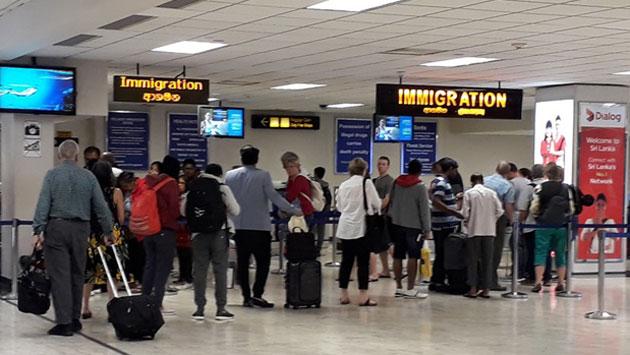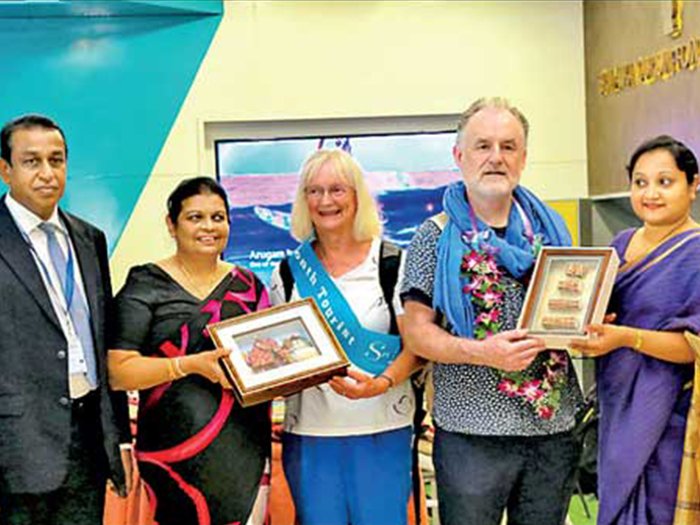
Exploring Sri Lanka's colonial heritage:
Discovering the country's unique history and architecture
The beautiful little island of Sri Lanka has plenty of marvels to amaze tourists who visit it from all corners of the globe. You will get the chance to witness the country’s colorful culture and heritage at the many popular attractions and ruins which are scattered across its territories.
The history of Sri Lanka is indeed quite vibrant and interesting. The country fell into the hands of colonial rulers in the year 1815. Portuguese were the first to invade the country, after which Dutch invasion happened. The British were the final colonial invaders to rule the country. Sri Lanka gained independence in the year 1948.
There are plenty of old buildings and forts which were built during the colonial era, silently speaking volumes of the glories of the past.
Among these, the Galle Fort is quite popular. It is recognized as a UNESCO World Heritage Site. The fort was built by the Portuguese after which the Dutch fortified it. It is one of the most popular attractions in the southern coast of Sri Lanka.
Fort Frederick in Trincomalee is also a great place to include in your travel itinerary. It is a fort built by the Portuguese. The fort was built after the famous Koneswaram Temple, which stood on the spot for centuries, was destroyed.
In the city of Colombo too you will find many interesting colonial buildings. The Old Parliament Building, which is now used as the Presidential Secretariat is known to be one of the grandest colonial buildings in the country. The Dutch Hospital is also a place not to be missed when travelling in the city. The place houses many great restaurants today so you can relish an exquisite meal while admiring the beautiful architecture.
Be sure to get the support of a seasoned tour guide in Sri Lanka when you are planning your holiday. This way you will get the chance to visit some remarkable colonial buildings during your visit.
Related Posts


Warm welcome for 1 millionth tourist for 2024

Sri Lanka among Forbes’ top three must-visit destinations for summer ’24

